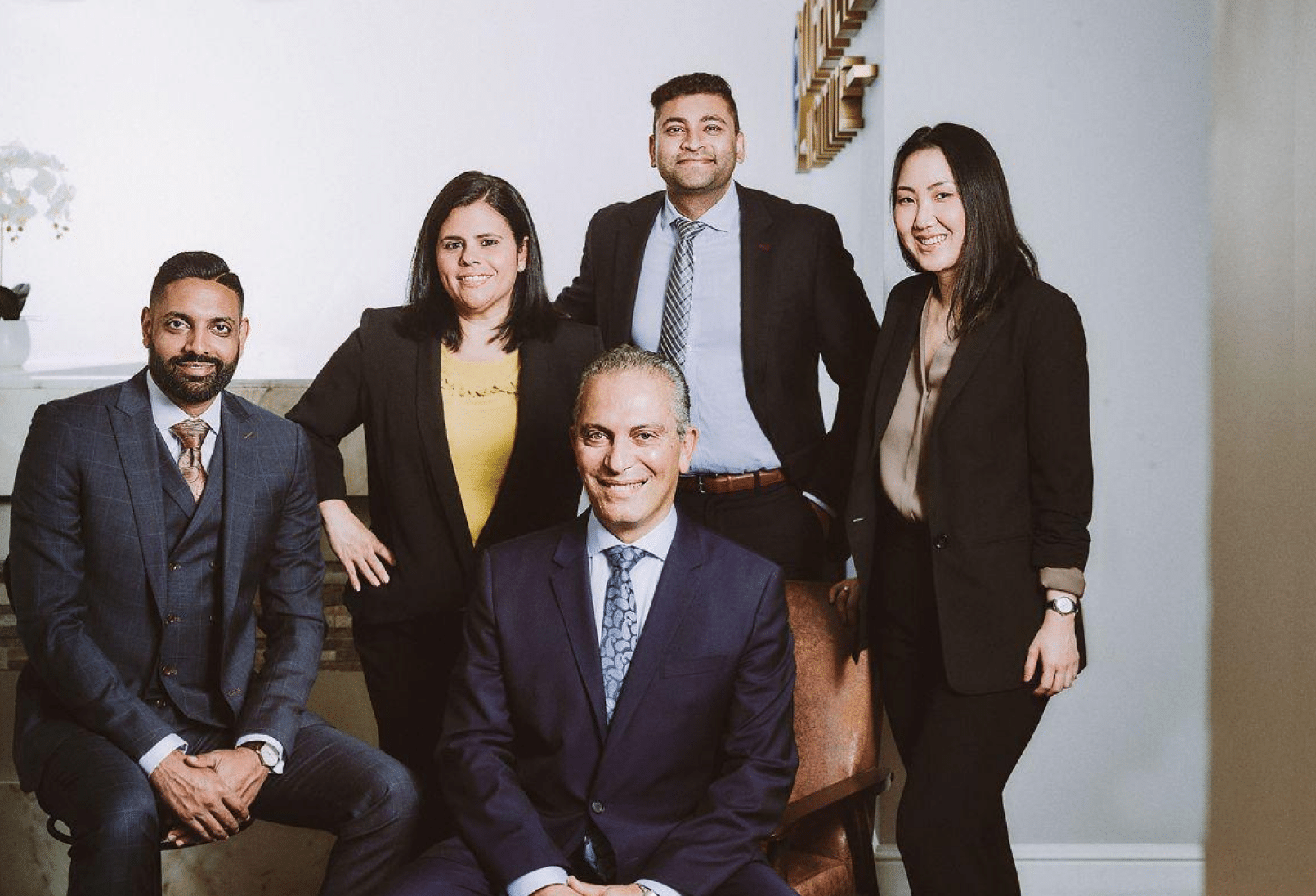Key Takeaways
- Repeat Possibility: LASIK surgery can often be safely repeated if necessary, benefiting from technological advancements that reduce the frequency of needing secondary procedures.
- Touch-Up Techniques: Various methods are available for LASIK touch-ups, including relifting the original flap, creating a new flap, performing PRK on the flap surface, or opting for lens-based correction like Refractive Lens Exchange.
- Long-Term Viability: Even after 10 or 20 years, LASIK outcomes are generally durable, but changes in vision or lifestyle may necessitate consideration of repeat procedures, with options including touch-ups or lens replacement.
- Financial Considerations: The cost of LASIK touch-ups varies based on correction needs, surgeon expertise, and previous agreements, highlighting the importance of exploring financing options and insurance coverage.
LASIK Repeat Procedures: What You Need to Know
LASIK surgery has transformed the lives of millions, offering freedom from glasses and contact lenses with its remarkable precision and effectiveness. However, a common question arises for many patients: Can you have LASIK twice?
How Many Times Can You Get LASIK?
It’s natural to wonder about getting LASIK more than once. The good news is that it is typically safe to have LASIK surgery multiple times if needed. The better news is with recent technological advancements, it has become increasingly uncommon to need any secondary procedures.
Factors that may influence the decision for repeat LASIK surgeries include:
- Changes in vision over time
- Residual refractive errors
- Eye health complications
- Further advancements in technology
While LASIK is generally safe and effective, the decision to undergo a second procedure should be carefully considered in consultation with your eye surgeon.
LASIK Touch-Up: What You Need to Know
In some cases, patients may choose to proceed with a LASIK touch-up to address residual refractive errors or changes in vision. A LASIK touch-up is a second complete surgery with similar time commitments focused on fine-tuning the corneal shape for optimal visual results that the first procedure may not have achieved. Reasons for needing a touch-up may include under or overcorrection following the initial surgery or natural changes in vision over time.
Possible complications of touch-ups:
- Dry eye syndrome
- Overcorrection or under-correction
- Glare, halos, or night vision disturbances
- Corneal ectasia
- Infection
- Epithelial ingrowth
- Loss of best-corrected vision
It’s worth noting that the need for touch-up surgeries is continuously declining due to advancements in LASIK technology, such as Contoura®, which offers highly precise and customized treatments.
Different surgical options for a LASIK touch-up
LASIK touch-up could be done in one of the following ways.
- The original flap is relifted and laser treatment is applied to the underlying tissue. This treatment can be carried usually within a limited time after the original surgery (usually 2-10 years depending on circumstances). This is usually carried out when corneal thickness is not an issue and the touch up magnitude in minor. The most common complication is epithelial ingrowth that could be treated with an easy laser procedure or by relifting and cleaning the flap.
- A new flap is created. This is very much like having a new LASIK procedure. It is usually done if the integrity of the original flap cannot be verified or a long time has passed since the initial treatment. Corneal thickness must be carefully considered to avoid the possibility of corneal ectasia.
- PRK on the surface of the flap: if the cornea is too thin for a retreatment it is usually safer to proceed with a PRK procedure on top of the existing flap. This ensures that the integrity of the cornea is preserved. Downsides include a longer healing period and possibility of scarring.
- A lens based vision correction procedure. This method spares the cornea altogether by replacing the lens inside the eyes through a procedure called Refractive Lense Exchange. Advantages include the ability to correct both far and near (something not possible with LASIK), no need for a future cataract surgery and long lasting outcome that is least likely to change. However, it is significantly more costly and more invasive.
Repeat LASIK Surgery After 10 Years: Is it Possible?
As time passes, some individuals may consider LASIK again, even a decade after their initial procedure. Fortunately, after over three decades of technological advancements and perfecting of the procedure itself, LASIK outcomes are generally stable and long-lasting, with patients enjoying clear vision for many years after their surgery. However, factors such as age-related changes in vision or changes in lifestyle may prompt some individuals to explore the option of LASIK repeat procedures. Patients can decide with peace of mind that repeat procedures after 10 years are not only safe but they are effective as well.
Can You Get LASIK More Than Once?
Yes, it is possible. But it depends on many factors like how long has been since the original lasik, the degree of the treatment, the reason for decline in vision and corneal thickness. The decision to undergo LASIK surgery multiple times is a personal one and should be based on careful consideration of the risks and benefits specific to the individual. Common questions and concerns often revolve around the safety, efficacy, and necessity of undergoing repeat procedures. While LASIK retreatment is widely regarded as safe and effective, there are potential risks associated with undergoing multiple surgeries, including an increased risk of complications such as dry eye syndrome or corneal ectasia.
LASIK Touch Up After 20 Years: Exploring the Options
Yes. It is still a possibility but it needs to be weighed against other factors like the presence of cataracts and the thickness of the cornea. Understanding the long-term effects and available options is essential for individuals who underwent LASIK many years ago. While LASIK outcomes are generally durable, some patients may experience changes in vision over time that warrant further treatment. LASIK touch-ups after 20 years are possible and can be effective, but other options become available as the eyes begin to age. One such option is surgery to replace cataracts with Refractive Lens Exchange. which not only address the cataracts themselves but can also correct both near and far vision.
LASIK Touch-Up Cost: Understanding the Financial Aspects
Cost is a significant consideration for any medical procedure, including LASIK. The cost of a LASIK touch-up procedure can vary depending on factors such as the extent of the correction needed, the surgeon’s experience and expertise, and any warranties or agreements between you and the surgeon who performed the original procedure.
It’s essential to consider the cost of a touch-up and explore financing options or potential insurance coverage to ensure you can afford the treatment you need.
LASIK Redo: When and Why It’s Necessary
In rare cases, individuals may require a LASIK redo due to complications or unsatisfactory outcomes from a previous surgery. Reasons for a LASIK redo may include under-correction, overcorrection, or the development of complications such as corneal ectasia. While LASIK redo surgeries are exceedingly uncommon, they can be necessary in certain situations to achieve the desired visual outcome. If you’re experiencing issues with your vision following LASIK surgery, it’s essential to consult with your eye surgeon to determine if a redo procedure is necessary and to discuss the potential risks and benefits.
“In the rare instances where LASIK retreatment is required, it holds the potential to profoundly transform your lifestyle.”
Dr. Ilan Cohen
Whether you’re considering LASIK for the first time or contemplating a repeat procedure, understanding your options and the implications is crucial. At Cohen Eye Institute, we are dedicated to providing comprehensive information and expert guidance to help you make informed decisions about your vision. If you are considering LASIK surgery or have questions about repeat LASIK procedures, we are here to help. Contact us today to schedule a consultation with one of our experienced eye surgeons.




